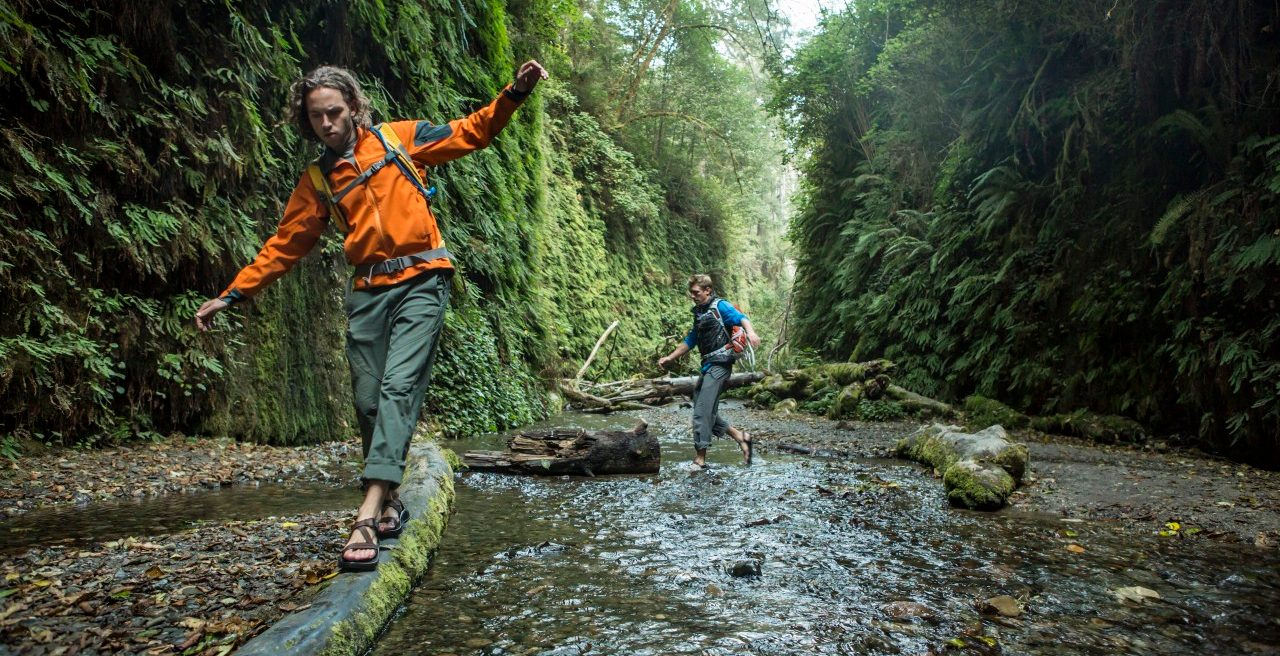Good Balance Requires Mental and Physical Fitness

Each supports the other, creating a loop that provides a ‘balanced’ approach.
Linda Victor was 64 when she had a serious fall while walking to work and another during a lunch break. Having two falls in short succession resulted in a feeling of unsteadiness in her mind, which threw the active senior for a loop.
“Inside I feel like I am 40 years old but my body is going through these weird changes,’’ Victor told the Boston Globe. She kept working nonetheless, but with the help of a cane. “I have adjusted my whole approach to how I maneuver.’’
With specialized help, Victor realized that a combination of arthritis in her ankles, knees, and hips, coupled with hearing loss, were likely related to her balance problems.
“All these things I took as separate issues,’’ she said.
More than 6 million Americans have a chronic problem with balance, dizziness, or both, according to federal data. With the leading edge of the Baby Boomers now hitting what is considered elderly, the numbers are guaranteed to go up.
As you grow older, keeping your balance becomes more of a challenge. But making an effort, both physically and mentally, to fight off the effects is important because one in three people age 65 and older fall every year.
This results in about a quarter million hip fractures and more than 25,000 deaths, which are usually associated with traumatic brain injuries.
It could be argued that maintaining mental and physical health is a chicken or the egg conundrum. It’s easier if you think of them as intertwined, each supporting the other in an inseparable bond.
“Age-related cognitive decline is a huge problem,” writes author Karen Anne Peterson in her award-winning book “Move With Balance: Healthy Aging Activities.” The disorder known as mild cognitive impairment affects 10 percent to 20 percent of older adults in the U.S.
In her system to improve balance in seniors, Peterson combines physical movement with sensory training (vision, hearing) to “develop a strong connection between the body and the brain,” she writes. “Its goal is to change the elder’s physiology and nervous system on a very deep level.”
The concept is based on the growing understanding of brain “plasticity,” or your brain’s ability to change and grow throughout life with precise, applied stimulation. In this case, stimulation can be used to retrain the brains of older adults through movement and sensory experiences to improve balance.
“Elders become more present in their bodies,” she writes. “They know where they are in space. They are balanced from the inside out…they become more comfortable in their movements, moving with ease and comfort. Then they become willing to exercise beyond the program.”
When you look at it the other way around, or at the egg, one study found that cardiovascular and coordination training (exercise) improved brain function and neural processing in older adults.
“Studies of physical fitness effects on cognitive function have typically focused on cardiovascular training over short intervention periods and neglected additional effects of physical activity,” the authors wrote.
“But…our study revealed that even coordination training has effects on specific brain networks.”
In an opinion piece in The New York Times, longtime runner Alex Hutchinson wrote, after experiencing his own “wobbliness” despite regular exercise, that just remaining “upright” is a lot more complicated than you think.
He noted that you have fluid-filled “organs of balance” in your inner ear (the vestibular system) that monitor the position and rotation of your head; and that you also have the sense of proprioception, or knowing where your body is in space.
“No matter how many calf raises you do in the gym, your balance won’t be stable unless your brain is attuned to the signals from these sensors,” he wrote. “Even wearing socks interferes with this subtle feedback and worsens your balance.”
If you want to continue to live independently into old age, studies have made it clear that the coordination of muscle strength, balance, and aerobic activity, “is more important than any individual element of fitness,” Hutchinson believes.
Poor vision is also associated with balance problems. In one study, people with visual impairment were more likely to lose their balance in a test in which they stood with their feet together on a firm or soft surface with their eyes open or closed.
Another study affirmed what Peterson espouses, that exercising in a certain way to achieve certain results rewires your brain in response to certain stimuli. This can be specifically targeted at improving balance.
“We need careful planning of our movements, decision making, reaction time, and attention,” says Brad Manor, PhD, an instructor in medicine at Harvard Medical School and director of the Mobility and Falls Program at Harvard-affiliated Hebrew SeniorLife in Boston. “Staying mentally active is very important to avoiding falls.”
This more integrated approach to helping seniors maintain balance and avoid falls puts traditional mind-body exercise in the spotlight. That includes tai chi, qi gong, yoga, and Pilates. You should also consider swimming. A study found that it’s a good way to exercise, with less stress on the body and built-in movement that affects balance.
One point for you to keep in mind: there’s a difference between movement and exercise. While both can help maintain and improve your balance, movement can be as simple as standing on one leg for 30 seconds; exercise is a prescribed regimen. In either case there are many ways you can accomplish your goals.
Finally – you’ll like this one – a study reveals that playing specialized video games can improve balance and gait through cognitive training, while you have fun. In fact, a lot of what you can do to improve balance can be enjoyable and socially beneficial.
Updated:
April 07, 2020
Reviewed By:
Christopher Nystuen, MD, MBA